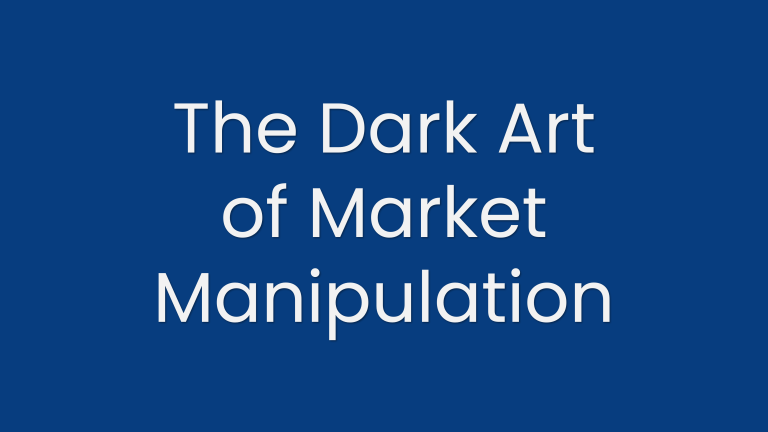In the intricate world of finance, where billions of dollars change hands in the blink of an eye, ethical concerns and market integrity are paramount. One such unethical practice that raises eyebrows in the financial realm is frontrunning. This blog aims to shed light on what frontrunning is, how it operates, and the implications it has on market fairness and investor trust.
Understanding Frontrunning
Frontrunning is a deceptive trading practice wherein a broker or trader takes advantage of advance knowledge of pending orders from its clients to execute trades for its own benefit. This unethical strategy allows the frontrunner to capitalize on price movements before the original order is executed, often resulting in personal gains at the expense of the client.
How Frontrunning Operates
- Access to Client Orders: Brokers, especially those with access to client orders, may exploit this privileged information to make personal trades ahead of executing the client’s order.
- Algorithmic Frontrunning: High-frequency trading firms may use advanced algorithms to detect large market orders and execute trades milliseconds before the original order, taking advantage of price movements.
- Broker’s Discretion: Unscrupulous brokers may use their discretion to delay the execution of client orders intentionally, giving themselves time to benefit from the anticipated price movement.
Implications of Frontrunning
- Unfair Advantage: Frontrunning provides a select few with an unfair advantage over other market participants, eroding the level playing field that is essential for market integrity.
- Loss of Investor Trust: When investors discover that their brokers or financial intermediaries are engaging in frontrunning, it undermines trust in the financial system, potentially discouraging participation in the markets.
- Market Distortion: Frontrunning can distort market prices and create artificial volatility, as traders exploit order flow for personal gain rather than reacting to genuine market forces.
Regulatory Response and Prevention
- Securities Regulations: Regulatory bodies, such as the Securities and Exchange Commission (SEC) in the United States, have implemented strict regulations to curb frontrunning and protect investor interests.
- Surveillance Systems: Exchanges employ advanced surveillance systems and algorithms to monitor trading activities, detect unusual patterns, and identify potential frontrunning.
- Transparency and Accountability: Financial institutions are urged to maintain transparency and accountability in their trading practices, ensuring that clients are treated fairly and that conflicts of interest are disclosed.
- Technological Safeguards: The development of technological safeguards, such as blockchain and distributed ledger technology, is being explored to enhance transparency and reduce the likelihood of frontrunning.
Conclusion
Frontrunning is a stain on the ethical fabric of financial markets, compromising fairness and eroding investor trust. It is crucial for regulators, market participants, and investors alike to remain vigilant, actively participate in fostering a culture of transparency, and hold those who engage in frontrunning accountable. By collectively working towards a level playing field and ethical market conduct, we can strive to maintain the integrity and trust that are essential for the healthy functioning of financial markets.





